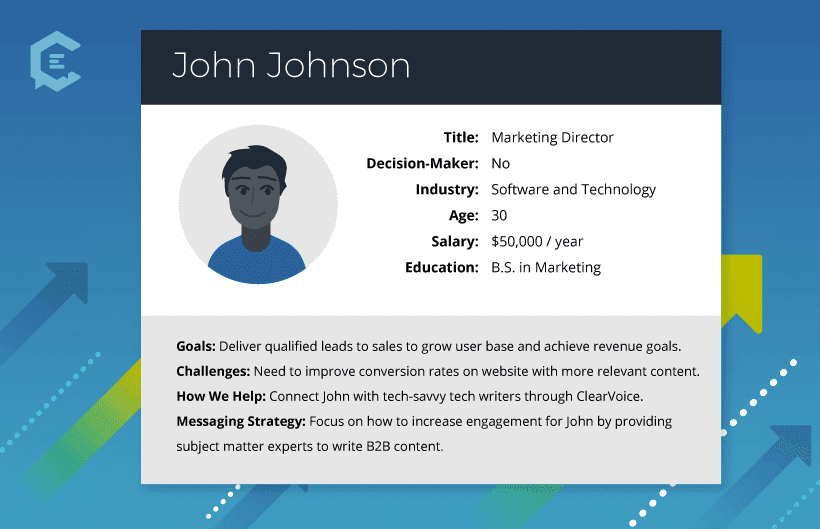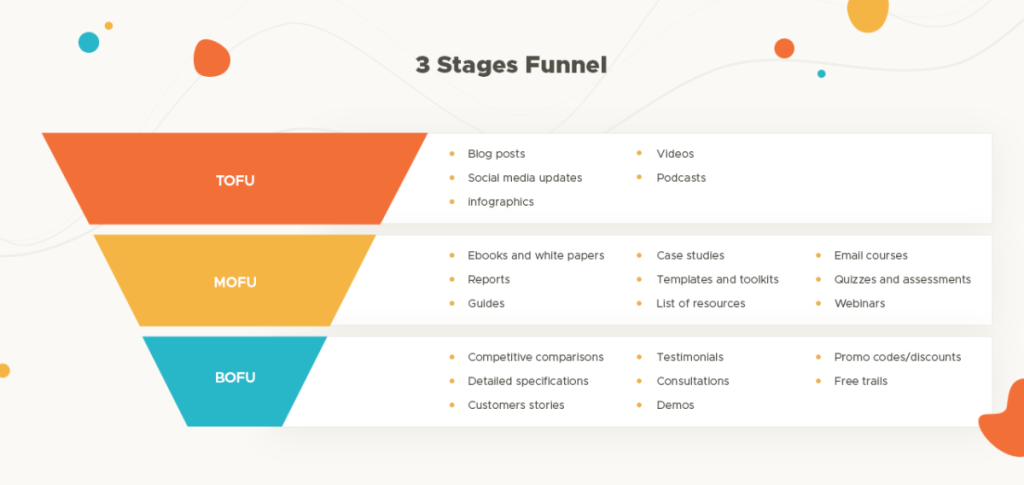How to Create an Effective Lead Nurturing Campaign
Let’s say you’ve done everything right. You’ve attracted a prospect to your website, you’ve worked your storytelling magic, and now they’ve downloaded your lead magnet. Hurray, you’ve got a lead! That’s excellent. But remember, getting the lead is only the beginning.
Now you need to get those leads interested enough in your offer for it to make sense for your sales team to contact them.
The process of turning marketing leads into sales leads is called lead nurturing. In short, it enables you to get more customers from the database you already have.
According to Marketo, companies that are good at lead nurturing generate 50% more sales leads at 33% lower cost per lead. And yet, studies indicate that 65% of B2B marketers have not established a lead nurturing strategy.
In other words; if you haven’t perfected your lead nurturing, you’re most probably leaving serious money on the table.
Lead nurturing explained
Lead nurturing is the delicate art of moving the marketing leads down through your funnel to the point where they turn into sales-ready leads.
Lead nurturing consists of two major components, content marketing and lead scoring:
- Content marketing is a form of marketing focused on creating, publishing and distributing content for a targeted audience online. This is typically delivered through your website, your email list and your social media.
- Lead scoring tracks your leads’ engagement and likelihood to buy. This is usually done in your CRM system as you continuously enrich your data and monitor the behavior of your leads.
The purpose of a nurturing campaign is to guide the leads down your funnel, keeping them active and engaged through the whole process. This is achieved with consistent, segmented and personalized messaging across core channels, especially email marketing.
In every lead nurturing campaign, you’re looking to do three things:
- Get and maintain permission to communicate with the prospect. This is absolutely essential for lead nurturing, so be careful. If a lead decides to opt out, they’re gone. That’s why it’s always better to refrain from sending emails that are not 100% optimized – and to make sure to sync opt-in data across your apps.
- Educate the prospect of your value proposition. Lead nurturing can go on for many months, sometimes years. A potential buyer may not be ready to enter a buying process right now. But if you succeed with your lead nurturing, your company will be in their mind once the timing is right.
- Watch for progress in the buying cycle. As your prospects interact with your content, the triggers you have chosen will indicate when they’re ready to engage with sales.
So, where to start? Creating a lead nurturing campaign from scratch can feel overwhelming. We’ve put together a step-by-step guide to help you succeed.
1. Define your audience
Before you do anything else, it’s essential to get super clear on who you’re targeting. Who are you nurturing? Defining your target audience is a critical first step.
Questions that will help you define your target audience:
- Who is your ideal customer?
- What are your different buyer personas?
- What pain points do you solve for each persona?
This is an example of a simple buyer persona template from Clearvoice:

2. Personalize your messaging
The more you tailor your emails to resonate with each recipient on a personal level, the better your results will be.
According to Evergage’s 2020 Trends in Personalization, 97% of marketers using personalization report a measurable lift in results, up from 90% last year. The top benefits include improved customer experience, increased conversion rates and higher visitor engagement.
Ways to personalize your nurturing emails:
- Use the recipient’s name and incorporate information about their company or location.
- Address your emails from actual people in your organization.
- Enable replies to let prospects get in touch with the sender immediately if they want to.
3. Use the right content for each stage in the buyer’s journey
It’s not only who the recipient is that matters. You also need to consider when they receive your message. Depending on where in the funnel your prospect is, different types of content and messaging will resonate with them.
How to time your content right:
- Top of funnel: In the awareness phase, blog articles and reports on general trends and the industry is a good bet. At this level, you’re looking to help your prospects identify and understand their pain points.
- Middle of funnel: This is the consideration phase, where you want your prospect to realize that you have a solution to their problem. Webinars and demos are great at this stage.
- Bottom of funnel: In the decision phase, it’s all about creating that complete sense of trust that will get your prospect to consider you as a supplier. Customer success stories made possible with the use of customer success tools , case studies and product reviews are useful at this stage.
This model from SingleGrain shows examples of different content types suitable at different stages of the funnel:

4. Keep offering gated content to enrich your data
You’ll want to keep including gated content offers in your lead nurturing emails. By doing so, you get a chance to ask for additional information about your lead which will help you identify and qualify them.
The more you know about your prospects, the better you will be able to segment your audience and serve everyone with the information that is the most relevant to them.
When you sync this enriched data between your apps, including your CRM and email marketing app, you’re in the best position to get impactful results from your nurturing campaign.
5. Use the BANT method to qualify leads
BANT is short for Budget, Authority, Need and Timing – four parameters that can help you qualify your leads. By assessing these four aspects, you’ll get a pretty good idea of whether a prospect is a good fit or not.
Think about how you can ask for this information as part of your nurturing campaign. The more answers you can get, the happier your sales team will be when they receive the lead.
6. Create customer-centric content
Make sure to center your messaging around your prospects’ pain points before introducing the solution you offer. It should be all about the customer, not about how great your product is.
Trust is built when your prospect feels like you get them. Like you know what they’re looking to achieve. The best way to keep your prospects interested in the emails you send them is to make sure you’re always offering something of value.
7. Always be tracking
Tracking your leads’ behavior is essential. How they interact with the content you send is a valuable indication of how interested they are in your offer.
If you notice the prospect is consuming content that is associated with the bottom of the funnel, such as pricing information, spec sheets or free trials, they might soon be interested in talking to a sales rep.
